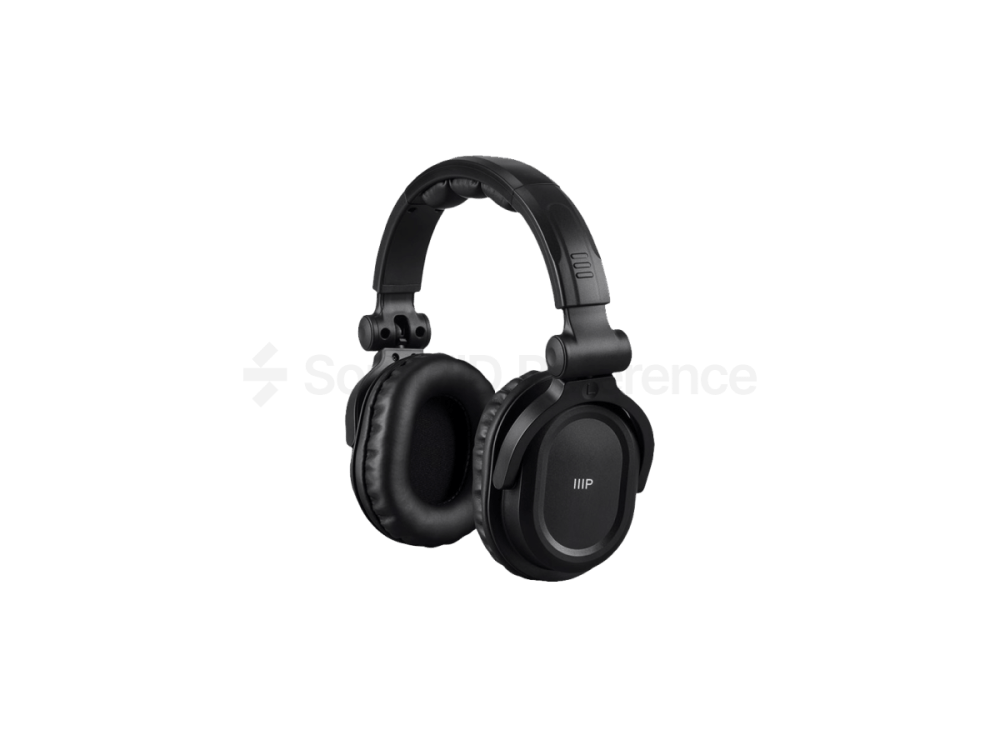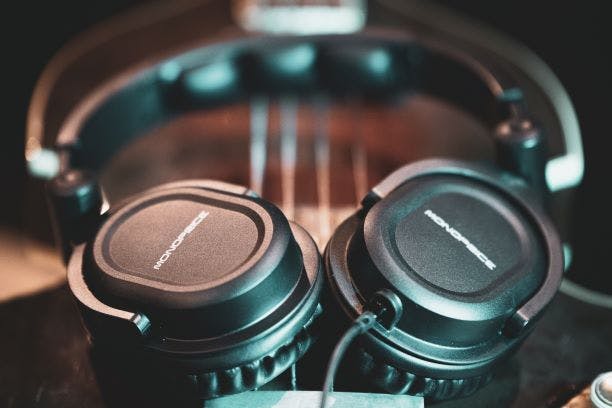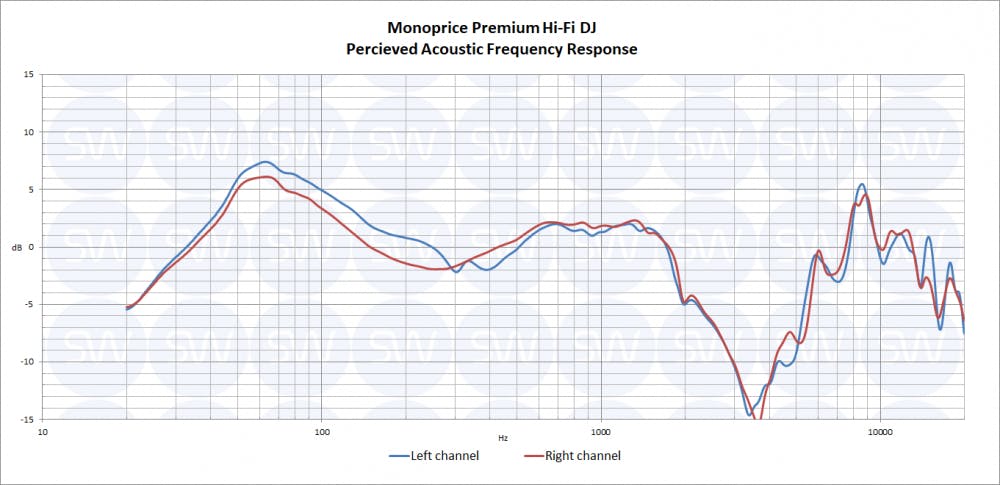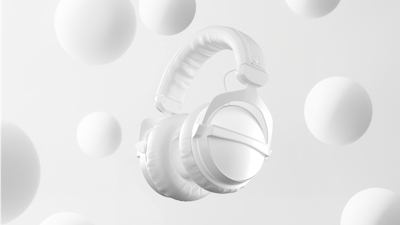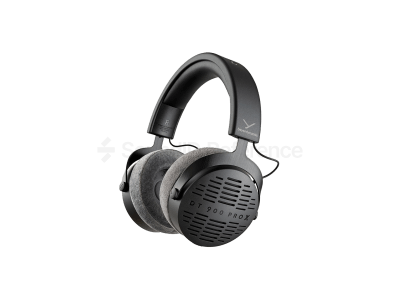The only thing more ridiculous than the model name of these headphones is the price that’s less than €20. It’s understandable for a studio professional to automatically disregard any audio product that puts both “Hi-Fi” and “Pro” in one sentence, but maybe these cheap headphones can be actually useful in your studio? Throughout this review, we’ll refer to them by model number 8323 though.
- Unbeatable price
- Detachable cable
Pros list with SoundID Reference calibration
- Even frequency response
- The flat frequency response greatly improves versatility
- Not comfortable for long sessions
Virtually any device will be able to drive them loud enough, an audio interface or separate headphone amp is not necessary.
At this price point, you just can’t expect to get anything else than an all-plastic build and severe cost-cutting at every step possible. However, the build feels more than fair for the price, apart from the 3 piece headband construction which raises concerns for durability – we didn’t try to break them, but it feels like if you would apply force right at the point where the parts are screwed together, it might snap more easily than other headphones. Ear pads and headband cushions are not of the softest and most conforming variety but they feel reasonable. Over time, all hinges and joints develop a very noticeable cracking sound when headphones are handled, which does feel cheap but doesn’t take away any function of the 8323’s.
At this price point, it’s impressive to see a detachable cable – you even get two 1.2 meter long cables, one with a mic and one without.
As the graph above shows, high-mids are not the 8323 forte as there’s a massive 15 dB dip at about 3.5 kHz, good luck dialing in guitar tones and vocals with these not calibrated! On the other hand, highs are relatively very neutral for closed-back headphones and lows receive a boost, but not a crazy one. Subjectively, the overall sound ends up being the opposite of harsh, but not that dull, and many will find it pleasant for recreational listening. Considering their price, the sound is nothing short of amazing!
It’s common for cheap headphones to have poorly matched channels and 8323 too have issues in this department. You’ll find minor inconsistencies throughout the spectrum which might not be harmful to stereo imaging, but in the low end, 3 out of the 6 measured pairs showed dips and wide frequency band differences between channels of up to 5 dB for the worst pair. Channel balance is not great, but some popular headphones cost five times more and perform worse.
Ear pad inner diameter is medium-sized if compared to other headphones, larger pinnas will be compressed a little, while smaller ones might get fully enclosed inside ear pads. Even if you have larger outer ears, these headphones are relatively comfortable at first, but long sessions will be a challenge as ears get really hot after about 30 minutes of use. A big factor in this discomfort is the high clamping force which makes them a tight fit. On the bright side, this means that you can headbang freely without fear – your headphones will stay put on your head. If you need to use headphones while wearing glasses though – better look elsewhere and be prepared to pay way more.
Value is ridiculous! The build isn’t fancy and it has some weak points but it’s sturdy enough for normal use and a detachable cable is a rare and welcome sight in this price range. Sound out of the box isn’t neutral, but it’s nowhere near as bad as the price tag might suggest. Run them through the Reference plugin and you get capable tracking headphones for an unbeatable price!
While the performance in the low end is very impressive for any headphone, let alone sub €20 sets, the 4 k region is a bit problematic, as the human ear is very sensitive to this frequency range. When comparing the calibrated sound of 8323’s against some pricier models, the high mids do sound a little bit harsher, thanks to the spike that almost reaches 2% at 4 k. When mixing distorted guitars, trained listeners might pick up this drawback, but if you’re working with electronic or acoustic music, there’s a great chance you’ll never notice it.
How accurate and consistent is the correction effect among different listeners?8323’s are great at delivering consistent perceived frequency response and in this regard are up there with the best closed-back headphones!
How much do they differ pair to pair in terms of frequency response?To our surprise – not that much! Above 2 kHz there are inconsistencies in form of very narrow resonances, so narrow, that they’re largely imperceptible. The only truly meaningful issue that came up in our measurements – for one pair low end stereo balance was off by 5 dB. Overall pair to pair consistency is very good, so the model average calibration profile should be reliable.
Rating
Conclusion
Sure, build quality feels cheap, yet still not as cheap as the price Monoprice is asking. What’s more important – these cans deliver where it counts and can be considered a serious monitoring tool once calibrated. If you’re after headphones for tracking, look no further! If you’re on a budget and you need headphones for production or mixing – they can do that as well, just be warned that long sessions might be a challenge.
Final Rating
Calibration Enabled
Calibration
